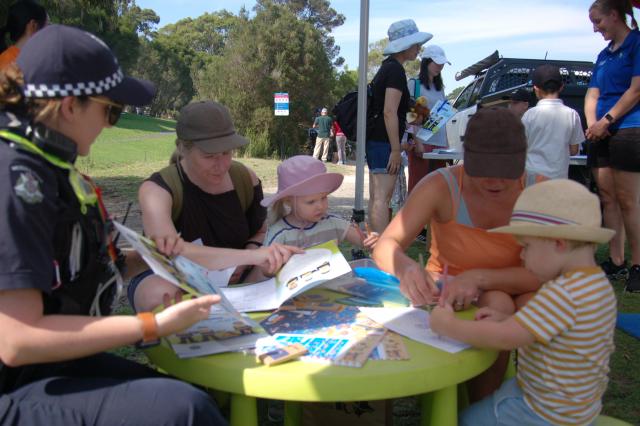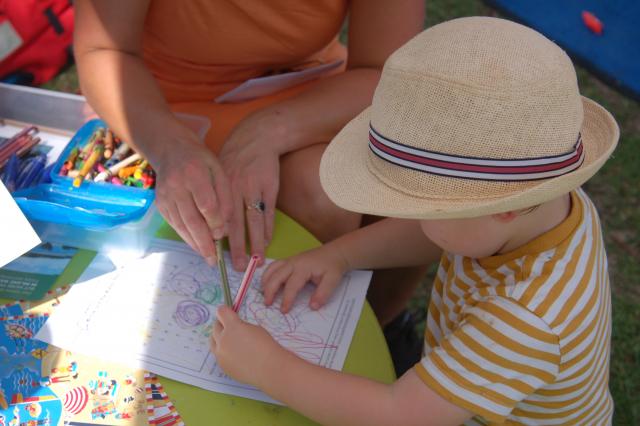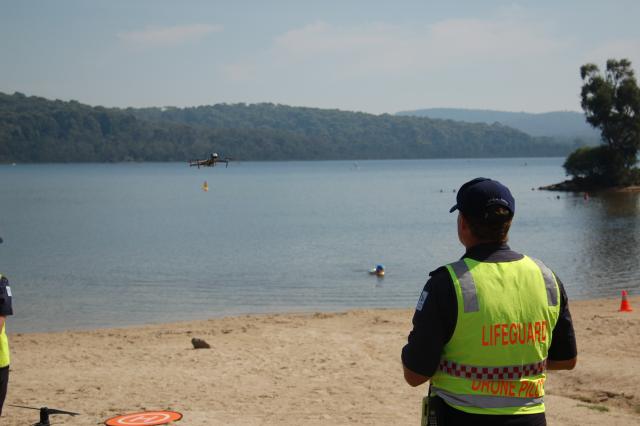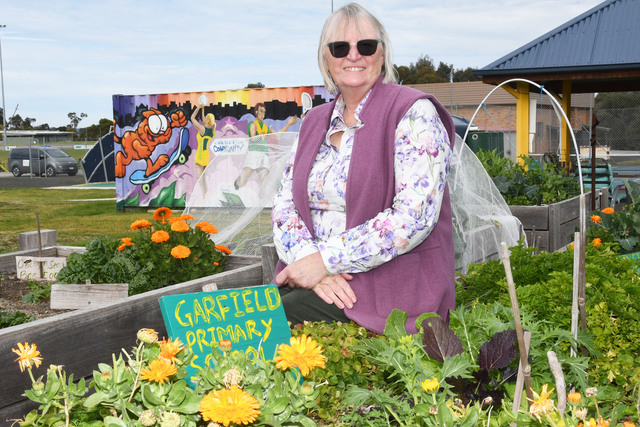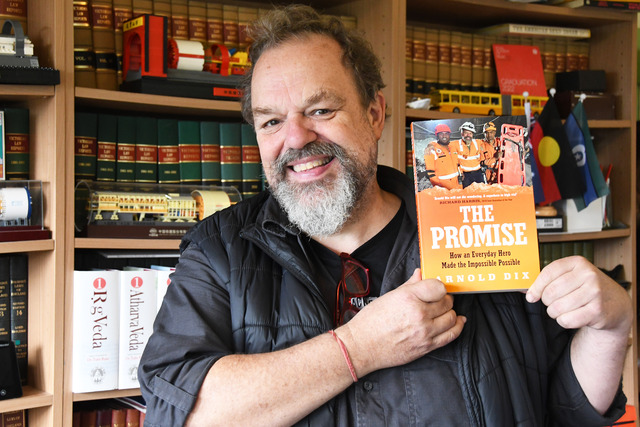Police members from Narre Warren and Dandenong Police Station were at Lysterfield Lake on Monday 14 March for a Water Safety Activation event.
They were joined by volunteers from Life Saving Victoria (LSV) who showcased the capabilities of their drones for monitoring activity on the water, identifying hazards and undertaking land surveying.
Four people have drowned at Lysterfield Lake since 2007.
The lake appears calm on the surface but currents and submerged objects below the surface make the lake a potentially hazardous place to swim.
There were 17 people drownings in Victoria over summer according to LSV.
A Life Saving Victoria spokesperson said that the activation was organised to provide practical and engaging water safety education and information to the community.
“In Victoria, there is a 68 per cent increase in drownings on public holidays across all water environments including the coast, pools and inland waterways,” the spokesperson said.
LSV’s aforementioned aerial fleet, which was showcased at the event, includes eight drones and two helicopters.
Their drone capacity was recently upgraded from two drones to four, which allows lifesavers to have eyes on more waterways across the state at once.
The technology means LSV can live stream footage captured by its drones directly into the State Control Centre, as well as automatically identify and monitor potential ocean/waterway hazards.
“This technology helps us to improve the accuracy of our risk forecasting and operational planning for our busiest periods, as well as quickly coordinating rescue services in emergency situations, keeping people safer in Victorian waters,” the spokesperson said.
“Aerial support means our lifesavers are available to undertake more rescues in remote and hard to reach locations when people need us most, and help us have a clearer idea of patients’ conditions as we are winching them to safety, enabling us to relay their status to our partner emergency agencies more quickly, for better patient outcomes.
“In recent seasons, drones have become a critical addition to LSV’s waterway surveillance capability, with the technology expanding the capacity of traditional lifesaving patrols far beyond the red and yellow flags, while last season, LSV undertook a record 15 winching rescues of people in distress using the Westpac Lifesaver Rescue Helicopter.”
Recommended safety advice from Life Saving Victoria regarding swimming includes swimming with a friend, actively supervise children and swim at patrolled beach locations during patrolled times.

